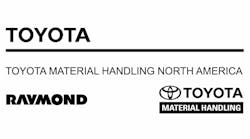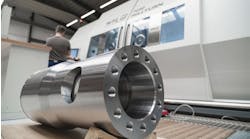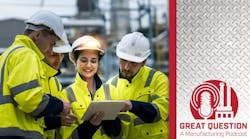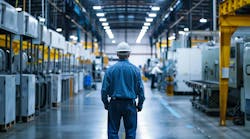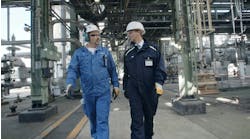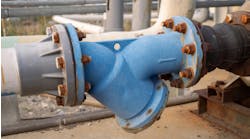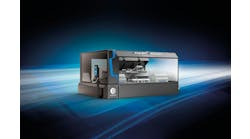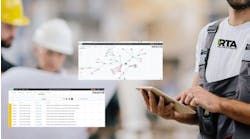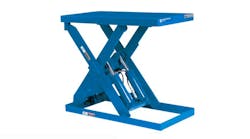"Produce more with less."
If there's one constant in manufacturing operations, it's the need to increase productivity with fewer people and, oftentimes, less space.
Advance Lifts Inc., a manufacturer of various lift solutions based in St. Charles, Ill., recently introduced a new version of its Production (P) Series lift tables. The latest model is designed to handle up to 8,000 lb, up from a maximum capacity of 6,000 lb. on its previous model.
The table has the same capacity as the company's Heavy Duty (HD) Series lift tables but at a lower cost. The 8,000-lb capacity P Series is at least 15% less expensive than the HD Series, says Michael Renken, the company's vice president of sales.
The new P Series is suitable for customers who might have loads that are small but too heavy for lifts that have a capacity of 6,000 lb or less. The HD Series handles loads that are physically larger in size, Renken says.
Check out the P-Series Single Scissors Lift Table on the NED Directory.
"They're designed to be used in production lines where there's higher cycle rates," Renken says.
An example of a typical application might be a production line that has an 8,000-lb pallet that needs to be broken down. For instance, a plant may need to unload a pallet with different SKUs on to different storage levels. Or, line workers may need to raise the pallet between two levels on a conveyor system, Renken says.
One of the primary advantages for industrial users is the ability to safely lift heavy loads on the NED Directory.s while occupying less space than units designed for longer or wider dimensions.
"It's a way to be a little more compact than the HD line and a little bit less expensive while maintaining the same weight capacity, quality and warranty," Renken says. "The HD line, being larger and bulkier, allows for a slightly larger product footprint than the P Series allows."
Another key selling point for the P Series and other scissor lifts is safety.
"Any time you can use a scissor lift in a lifting or lowering application, it makes the work environment naturally safer," Renken explains. "If you're preventing a person from bending and twisting you're solving ergonomic issues."
Many plants may opt for forklifts to raise and lower pallets that weigh more than 6,000 lbs.
"At this weight, the only way you can manipulate it is by using a fork truck, overhead crane or a scissor lift," Renken says. But he cautions that forklift traffic can create plant-floor hazards.
"At this weight capacity, a scissor lift could potentially make the workplace safer by eliminating or greatly reducing the fork truck traffic in an area," he says.
